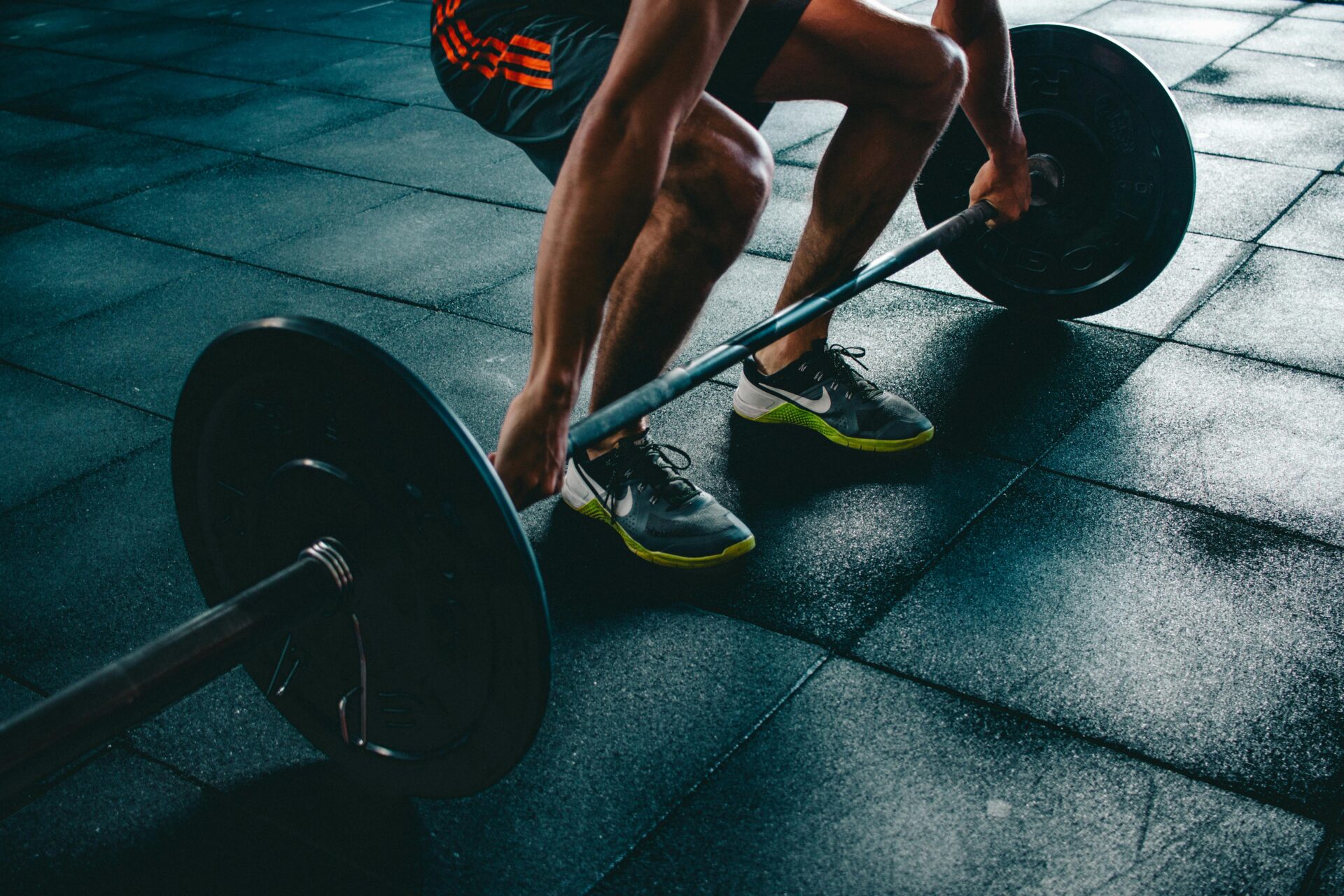Exercise is one of the best strategies for achieving a leaner, healthier body. When combined with a healthy diet and enough sleep, the perfect workouts can hasten the process of losing weight. These are the top 10 workouts that can help you get more fitness, lose weight, and feel better overall.
1. High-Intensity Interval Training (HIIT)
One of the best methods for burning fat is HIIT. Short bursts of vigorous exercise are interspersed with slower or resting intervals in this training plan. For fifteen to twenty minutes, you may, for instance, sprint for thirty seconds, walk for one minute, and continue this cycle. HIIT speeds up your metabolism and heart rate, burning calories long after you finish a workout.
Why It Works: The afterburn effect, sometimes referred to as excess post-exercise oxygen consumption (EPOC), is triggered by HIIT activities. This implies that even after your workout is over, your body keeps burning calories at a greater pace. HIIT can be modified for a variety of exercises, including swimming, cycling, and even bodyweight exercises like mountain climbers and burpees.
Beginner’s Tip: Increase the intensity gradually after starting with shorter intervals. To prevent injury, make sure you warm up appropriately before beginning. A 1:2 work-to-rest ratio, or 20 seconds of vigorous activity followed by 40 seconds of rest, can be a good place for beginners to start.
2. Running
Running is an easy-to-do but incredibly powerful fat-loss workout. It doesn’t require any specialised equipment and can be done anywhere. Running at a moderate speed enhances cardiovascular health and burns a lot of calories. To increase fat burn and provide an additional challenge to oneself, interval jogging, which alternates between fast and moderate paces, can be included.
The Reason It Works: Running is an effective calorie-burning exercise since it uses several muscle groups and increases heart rate. Additionally, it aids in the reduction of visceral fat—the unhealthy fat that is accumulated around your internal organs.
Advice for Newbies: To avoid injuries, choose a decent pair of running shoes. Increase your pace and length gradually, starting with shorter distances. Stretching after your run can help you recover and become more flexible. You may also include walking intervals if necessary.

3. Cycling
Cycling is a low-impact, incredibly effective cardiovascular workout that is also gentle on the joints. Riding a bike, whether outside or on a stationary cycle, is a great way to burn calories, strengthen your heart, and tone your lower body. Try to vary the intensity of your cycling workouts for best results.
Why It Works: Cycling tones your legs, glutes, and core while increasing your metabolic rate. It’s also a really adaptable workout that you can do indoors on a stationary bike while reading or watching TV, or outdoors while taking in the scenery.
Advice for Novices: To prevent knee discomfort, make sure your bike is correctly positioned for your height. Increase your distance and effort gradually, starting with shorter, easier rides. For extraation, consider enrolling in online cycling courses or joining a group.
4. Strength Training
Exercises that increase muscle strength and endurance are part of strength training, also referred to as resistance training. Building muscle mass through weightlifting, resistance training with bands, or bodyweight activities like lunges, push-ups, and squats raises your resting metabolic rate. This implies that even when you’re not exercising, you’ll burn more calories.
Why It Works: Strength training increases muscle mass, which improves your body’s capacity to burn fat. Compared to fat, muscles demand more energy to sustain, which increases total caloric expenditure.
Advice for Novices: To avoid injuries, start with less weights and concentrate on good form. Incorporate compound exercises like deadlifts, bench presses, and rows that target several muscular groups simultaneously. When you get more at ease and powerful, gradually up the weight and intensity.
5. Swimming
Swimming is a fantastic full-body exercise that helps reduce body fat. Your muscles have to work harder to get through the water’s resistance, which burns more calories. Without straining your joints, swimming laps, water aerobics, or just splashing around in the pool can all give excellent cardiovascular exercise.
Why It Works: Swimming works every major muscle group and is especially good for people who have injuries or joint problems. The water’s buoyancy lessens the strain on your joints while offering resistance that helps you gain muscle and burn fat.
Advice for Novices: Increase your time in the water gradually by starting with shorter swim sessions. To target different muscle groups and provide variety to your workout, concentrate on using different strokes. In order to increase your efficiency and technique in the water, think about enrolling in a swimming lesson.
6. Jumping Rope
A fun and efficient way to burn calories rapidly is to jump rope. It enhances cardiovascular fitness, agility, and coordination. For people with limited time, jumping rope is an effective form of exercise because a 10-minute session can burn as many calories as a 30-minute jog. It is possible to boost the intensity and advantages by combining various jump types and speeds.
Why It Works: Jumping rope quickly raises your heart rate and gives your heart a great workout. As a full-body workout, it works the muscles in your arms, legs, and core.
Beginner’s Advice: Begin with shorter bursts, such 30 seconds of jumping and 30 seconds of rest. To keep your workouts interesting and challenging, try experimenting with different jumps, such as double-unders or criss-crosses, and gradually increase your jumping time.
7. Rowing
An activity that works the entire body, rowing tackles the arms, back, legs, and core. Burning calories and improving cardiovascular health are two major benefits of rowing on water or on a rowing machine. Interval rowing or steady-state rowing for longer durations can improve fat reduction.
Why It Works: Rowing strengthens a variety of muscle groups and burns a lot of calories. Both pushing and pulling are used in the rowing motion, which efficiently uses the muscles in your upper and lower bodies.
Advice for Novices: Make sure you pick up the proper rowing form to prevent injuries and increase efficiency. Your rowing exercises should begin at a moderate pace and be gradually increased in intensity and duration. By switching between intervals of high and low effort, you can incorporate interval training.

8. Circuit Training
Strength training and cardiovascular activities are combined in circuit training, which is done in a set order with little to no break in between. Your heart rate will remain high during this workout, which will help you burn calories and lose weight. Exercises like planks, burpees, kettlebell swings, and push-ups could be included in a typical circuit. Circuit training sessions can be tailored to work on particular muscle groups or to work the entire body.
Why It Works: Strength and aerobic activities raise your heart rate while you gain muscle, which increases your body’s ability to burn fat. Because circuit training incorporates a variety of activities, it also helps reduce workout monotony.
Advice for Novices: Begin with shorter circuits and select exercises that you can do with correct form. As your fitness level rises, gradually increase the amount of workouts and rounds. To sustain a high heart rate and optimise calorie burn, use brief rest intervals.
9. Walking
Walking is a highly underappreciated fat-loss workout, even if it may appear too easy to be effective. Walking quickly can help you lose weight, increase your mood, and strengthen your heart. You can easily add this low-impact exercise into your everyday regimen. The intensity and advantages can be increased by walking uphill or by incorporating quicker walking intervals.
Why It Works: Regardless of fitness level, walking is a low-intensity workout that practically everyone can perform. It improves general health, burns calories, and lowers stress without carrying the same level of risk of damage as high-impact activities.
Advice for Novices: Begin by making walking a more regular part of your everyday routine. For example, walk rather than drive to nearby locations or use the stairs instead of the lift. Increase your walking distance and speed gradually. Use a fitness tracker or pedometer to keep track of your steps and establish daily objectives.
10. Yoga
Yoga is a wonderful technique for fat loss in addition to being about flexibility and relaxation. Vinyasa and Power Yoga are two types of yoga that incorporate continuous movement to increase heart rate and burn calories. Additionally, yoga promotes fat loss by increasing metabolism, lowering stress levels, and developing muscle. Particularly powerful poses are plank, chair position, and warrior sequences.
Why It Works: Yoga enhances mental health, develops flexibility, and tones muscles. Stress can be reduced by concentrating on breathing and practicing mindfulness, which is beneficial because elevated stress levels have been linked to weight increase and fat accumulation.

Tips for Maximizing Fat Loss
While incorporating these exercises into your routine, keep the following tips in mind to maximize fat loss:
- Consistency: Regular exercise is key. Aim for at least 150 minutes of moderate-intensity or 75 minutes of high-intensity exercise per week.
- Diet: Exercise alone isn’t enough. Pair your workouts with a balanced diet rich in whole foods, lean proteins, healthy fats, and plenty of fruits and vegetables.
- Rest and Recovery: Allow your body time to recover. Overtraining can lead to injuries and burnout. Ensure you get adequate sleep and rest days.
- Hydration: Drink plenty of water before, during, and after workouts. Staying hydrated supports metabolism and overall health.
- Variety: Mix up your workouts to avoid plateaus and keep things interesting. Incorporating different types of exercises can target various muscle groups and enhance overall fitness.
A healthier body and reduced body fat are the results of regular exercise, a balanced diet, and lifestyle modifications. The top 10 workouts listed above provide a range of choices to accommodate various tastes and levels of fitness. Whether you like the full-body engagement of swimming, the simplicity of walking, or the intensity of HIIT, adding these workouts to your program can help you get in shape and lose weight. But it’s crucial to keep in mind that exercise is only one component of the whole.


